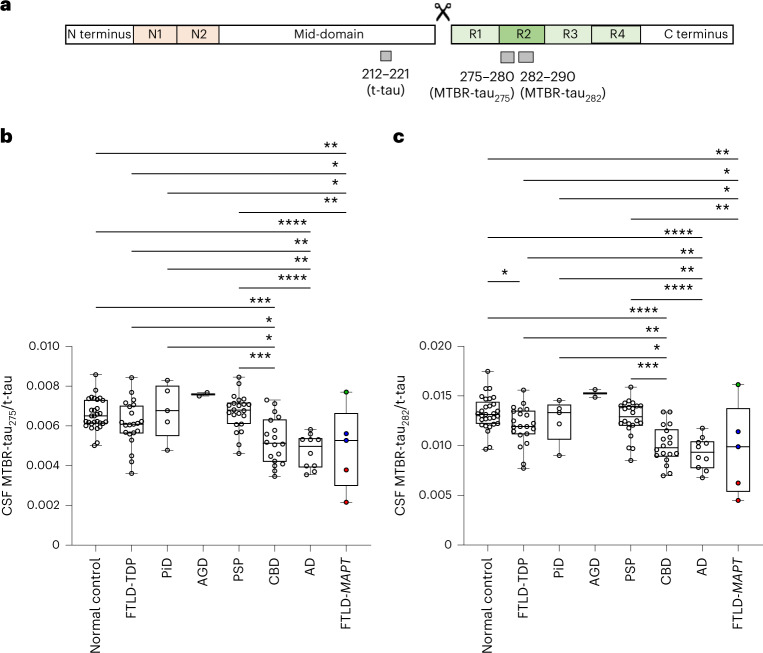Fig. 2. 4R-specific CSF MTBR-tau decreases in CBD, FTLD-MAPT and AD.
a, Schematic of the quantified peptides of t-tau 212–221, truncation and 4R isoform-specific MTBR-tau in the R2 region (gray bars, MTBR-tau275 and MTBR-tau282). The relative abundance of each MTBR-tau was normalized to the t-tau peptide. b,c, CSF MTBR-tau275/t-tau (b) and MTBR-tau282/t-tau (c) significantly decreased in CBD (n = 18), AD (n = 10) and FTLD-MAPT (n = 5) compared to normal control (n = 29), FTLD-TDP (n = 21) and other FTLD-tau. FTLD-MAPT P301L (red, n = 2), R406W (blue, n = 2) and S305I (green, n = 1) decreased in MTBR-tau/t-tau measurements in this order. *P < 0.05, **P < 0.01, ***P < 0.001, ****P < 0.0001. The box plots show the minimum, 25th percentile, median, 75th percentile and maximum. Differences in biomarker values were assessed with a one-way ANOVA. A two-sided P < 0.05 was considered statistically significant and corrected for multiple comparisons using a Benjamini–Hochberg FDR set at 5%.

